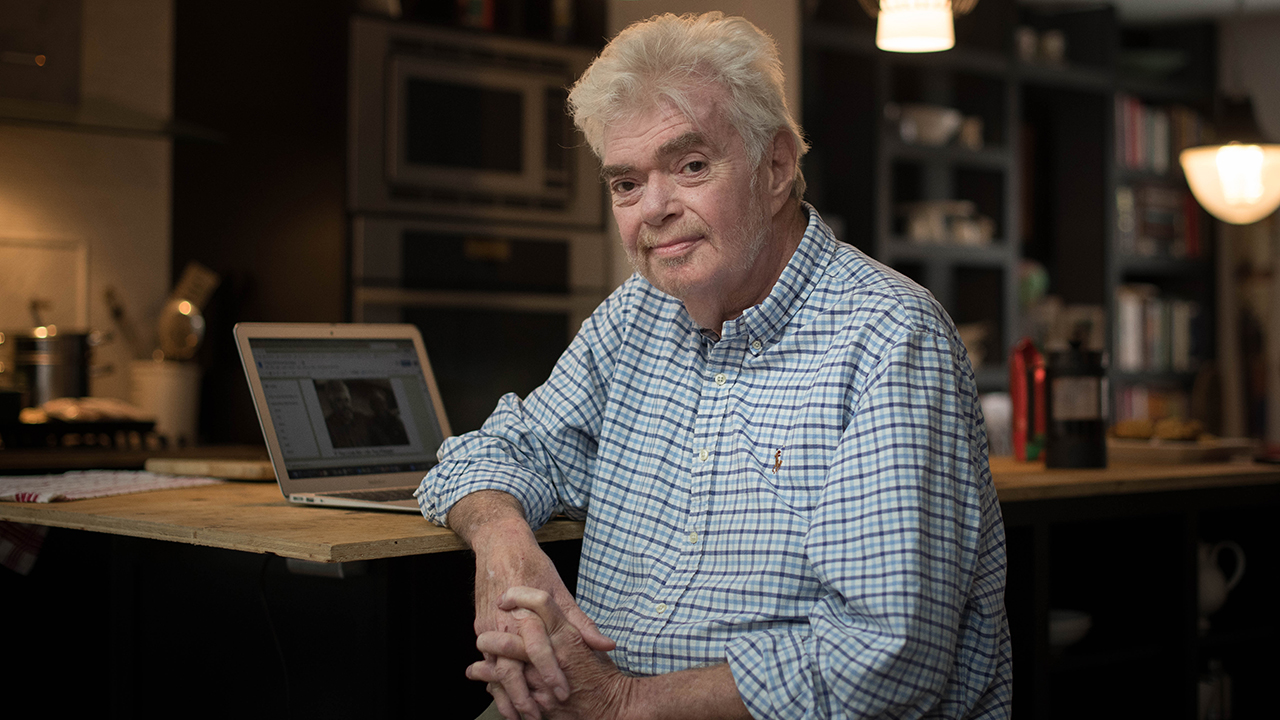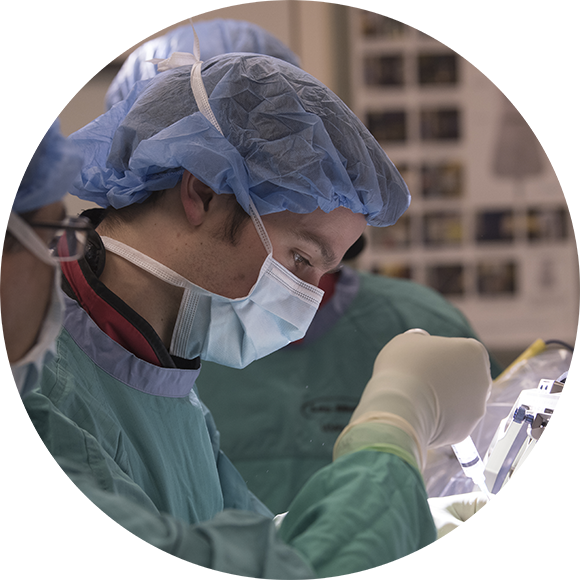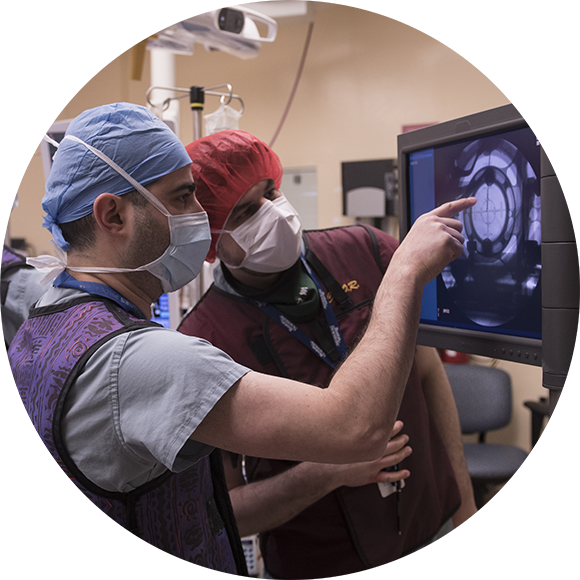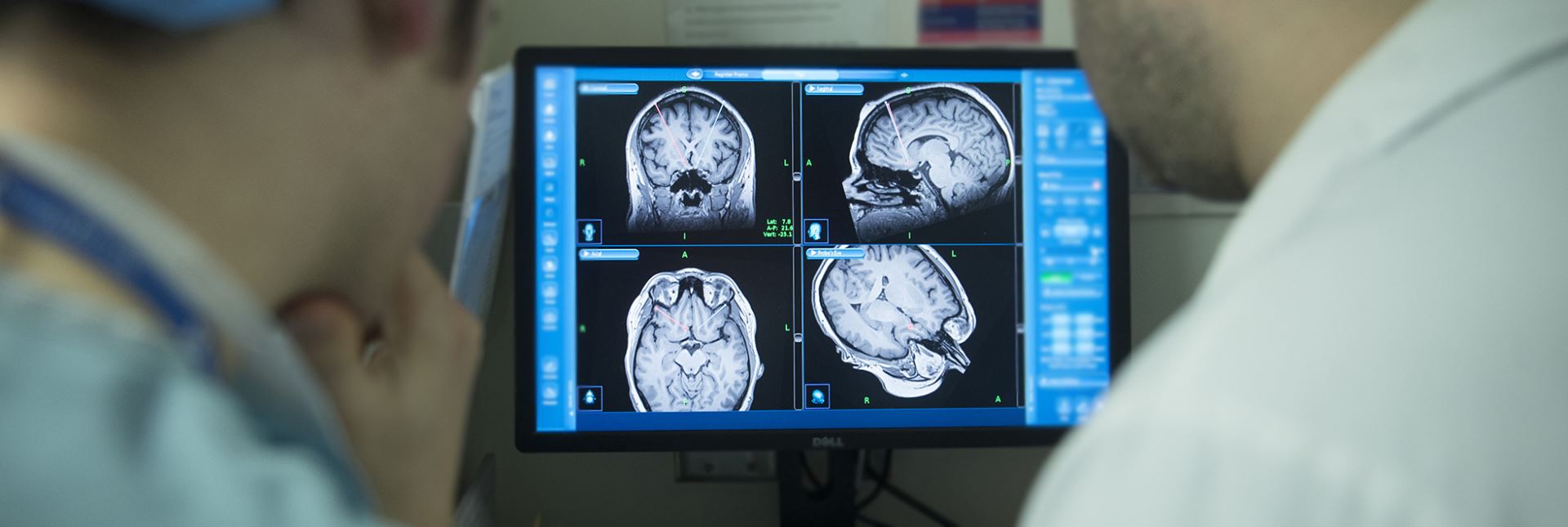Deep Brain Stimulation Experiment for Alcoholism/Alcohol Use Disorder, Sunnybrook Health Sciences Centre
"[My concern after deep brain stimulation for alcohol use disorder] was whether or not my hair would grow back."
"A family history of liver disease plus alcohol was my undoing."
"I maybe [now] have two or three drinks if I do drink. And I can stop."
"I think in some ways it [drinking to wind down tension] also helped me, relaxing me enough to the point where I could think, and contemplate. [But after leaving the National Microbiology Lab in Winnipeg things] got really bad. It [alcohol consumption] got to be the main focus of my life."
Frank Plummer, former scientific director, National Microbiology Laboratory, Canada
 |
| Dr.Frank Plummer |
"People seem prepared to accept more risk for alcohol consumption than they do for other risky activity."Associated with an increased risk of stroke and heart disease, alcohol consumption is no trifling matter. It has also been linked to cancer development in the digestive tract, naso-pharynx, liver, rectum and breast; classified as a Class 1 carcinogen by the International Agency for Research on Cancer; it is known to promote cancer in humans. The American Public Health Association and other groups would like to see cancer-warning labels on beer, wine and liquor based on their contention that few people know of these connections.
Report, Centre for Addiction and Mental Health
"It was normal [in the '70s] to go for a drink every lunchtime, and then go out for a drink after work."
"Today, when you go to an off-licence it's hard to find a wine that's only got 12 percent."
"Quite a lot of people use it [alcohol] for anxiety, actually -- it's one way of getting rid of their anxiety."
"I had one subject who said, 'I've drunk every day for ten years. I'm terrified of stopping'."
"[They -- study volunteers] were desperate to go back to drink [feeling socially isolated]. Some of them felt like they were pariahs at dinner parties because they were the only ones who weren't drinking or were sober."
"For many people, stopping can be quite liberating."
Dr.Kevin Moore, consultant hepatologist, University College London/Royal Free Hospital
"Alcohol is known to trigger the endorphin system, and the social consumption of alcohol may thus have the same effect as the many other social activities, such as laughter, singing and dancing, that we use as a means of servicing and reinforcing social bonds."
"[The idea that a brief] detox [can] refresh [the liver and lead to other health benefits is] clearly untrue, since the durability of the observed biological effects remains to be established."
Dr.Moore and colleagues, study, BMJ Open
According to a recently released study, alcohol accounts for more productivity time losses in Canada than does any other substance. Close to 15,000 deaths annually in Canada are attributable to alcohol, according to a recent policy paper from the Centre for Addiction and Mental Health. A greater number of Canadians (77,000) are hospitalized for alcohol-related illnesses or injury than for heart attacks. In Ontario, forty percent of people drink more alcohol than they themselves think is safe. Canadians consume ten litres of pure alcohol per capita annually; 3.6 litres more than the world average.
In December's issue of the Canadian Journal of Public Health a study estimates total cost of lost workplace productivity as a result of premature death, long-term disability, 'preseneeism' and absenteeism resulting from substance use was in the neighbourhood of close to $16 billion back in 2014. As pointed out by Dr. Nir Lipsman, director of Sunnybrook's Harquail Centre for Neuromodulation, "There's the accessibility of it, the social acceptance nature of it."
 |
At one time in the not-so-distant past, people consumed more alcoholic drinks, but back then the drinks hadn't the alcohol content they do at present. A pub pint decades ago contained three percent alcohol whereas the average alcohol content in today's craft beer products comes closer to six percent. "Today, when you go to an off-licence it's hard to find a wine that's only got 12 percent " alcohol content where once it was bottled at 10 or 11 percent.
In the United Kingdom, there has been a downward revision of weekly drink guideline limits. Public health encourages "non-dependent drinkers" to view short-term abstinence as a method of control. Dr. Moore and other researchers recruited 94 moderate-heavy drinkers to take part in a study, representative of the 25 percent of the population tending to drink above recommended guidelines. A month of abstinence saw volunteers with significant improvements in insulin resistance, in blood pressure and in body weight.
As well, two cancer-related growth factors, both thought a requirement in encouraging the growth of tumours to have been decreased in circulating concentrations. The result of which was that those people on return to drinking tended not to consume as much alcohol as previously, citing their appreciation of how much better their sleep patterns had become, let alone their ability to focus and the improvement in their concentration capacity.
On the plus side for drinking are the social benefits of modest alcohol consumption, with one study finding social drinkers have a greater circle of friends and are able to forge deeper bonds with those friends. Alcohol tends to enhance psychological well being. What drove Dr. Plummer to drink was the pressures inherent in operating a research group in Nairobi during the AIDs epidemic, followed by a 400-person national microbiology lab in Winnipeg. He found his condition so alarming that a more "robust" medical solution seemed an appropriate choice to combat his growing alcohol dependence.
 |
He looked into deep brain stimulation, akin to a peacemaker for the brain. A battery is implanted in the chest wall under the collarbone, attached to which is an electrode in the brain to target dysfunctional wiring in the nucleus accumbens; nerve cells involved in pleasure and motivation. Dr. Plummer decided to engage himself in a trial that would address disordered brain circuitry. Head fixed in a halo apparatus, under local freezing, surgeons incised into his scalp.
"It wasn't painful, just not pleasant", he said describing the process. The noise and vibration "was like putting your home hand drill up to your head." Deep brain stimulation for alcohol use disorder remains experimental, being tested on just six patients at Sunnybrook Science Centre in Toronto. Following a day or two in hospital post-procedure, people typically return home while the optimal electrical dose formula for each individual is sought through a period trial and error that can take weeks and months. And the electrical stimulation is always in play.
The surgery carries small but real risks, including bleeding, swelling, infection and implant failure; not meant for social drinkers or those responsive to conventional medical and rehabilitation treatment, but for those who are treatment resistant. Alcohol, as a result of Dr. Plummer's successful surgical therapy, no longer interests him. He is busy "just enjoying life for the first time in a very long time. My life is full of lots of other things than alcohol. I hope that sharing my story will help destigmatize the conversation about alcohol use disorder, as well as improve the science and understanding around it."

"Despite advances in AUD [alcohol use disorder] interventions in the last half century, we have a long way to go in developing direct-to-brain treatments that make a significant impact on outcomes." "We are so grateful to Frank and other study participants. We hope that our DBS [deep brain stimulation] study will advance our understanding of AUD and other addiction disorders as we work towards developing innovative treatment options for patients with these challenging and disabling conditions."
Dr. Nir Lipsman, director, Sunnybrook’s Harquail Centre for Neuromodulation
"By directly targeting dysfunctional ‘wiring’ in the brain, the hope is to influence these circuits to a healthier state."
"In Frank’s case, we saw significant improvements in mood and alcohol consumption. The nucleus accumbens is not only an addiction-related area of the brain but also involved in mood, anxiety and depression. Helping to relieve symptoms may have helped play a role in his progress."
Dr. Benjamin Davidson, study co-investigator and surgical resident, Sunnybrook
Labels: Alcoholism, Deep Brain Stimulation, Health, Research, Sunnybrook Health Sciences Centre

0 Comments:
Post a Comment
<< Home